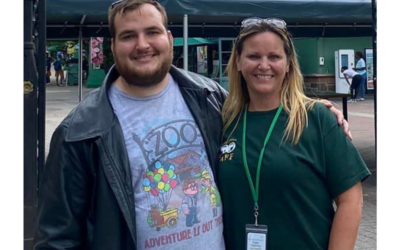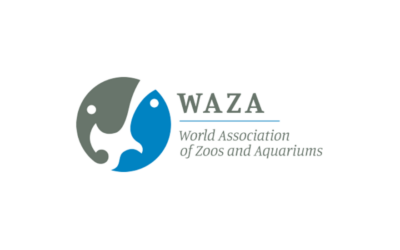Our recent webinar explored new territory for Zoo Advisors as we dove into the design process to better understand why and how including diverse voices can lead to better visitor experiences for zoos, aquariums, and similar attractions. Our audience and panel for this session included a mix of design professionals along with zoo, aquarium, and museum staff representing international perspectives from both large and small organizations.
Panelists Ana Hernandez, Principal, AFH Design; Mariano Desmarás, Creative Director, Museum Environments Exhibit Design; and Dean Watanabe, Chief Conservation Education Officer, Fresno Chaffee Zoo offered inspiration and novel ways of thinking about the design process, interpretation strategies, and engaging diverse consultants. Ana and Mariano’s images provided examples of their design philosophy and approach, and demonstrated how inclusive co-design strategies led to engaging, attractive experiences. Click on each name to access their presentations: Ana Hernandez; Mariano Desmarás
Here are highlights of our discussion:
-
Seek out women-owned and minority businesses: Look for ways to improve your outcomes by being more inclusive and intentional in vendor/consultant selection; encourage and support emerging professionals. “One person can make a difference; just give them a chance.”
-
Think local: To reflect and make a connection with your visitors, use local, native materials—it can be cheaper, and it’s good conservation.
-
Start with your story: Let story drive design. Start with a great story, involve others in the development, and be respectful of the culture you’re representing in the exhibit. If you use artifacts or specific landscapes or symbols of a culture, be sure to explain their meaning and relevance—don’t just use them as props.
-
Engage the community: Give local people the chance to provide input into the story and exhibit development so they can “see themselves” in your organization. It’s good design and good business. Promote your exhibits to attract new audiences; emphasize the cultural connection and the story—but be genuine and authentic, not patronizing.
-
Think about “bilingual design,” not just translating signs: Multilingual/bilingual design and interpretation makes greater access possible and allows both cultural and emotional connection with the content and experience. It allows non-English speaking parents to facilitate the exhibit interaction with their children. (21% of U.S. households speak a language other than English at home). Click here to access a research report for assistance.
-
Re-think the design process: Co-create for best results and new approaches—think about adopting “design thinking” not only for exhibit design, but for problem-solving and projects in other areas. Beginning with empathy and understanding the client’s (or your collaborator’s) interests can lead to novel strategies and solutions you might not otherwise have thought of.
-
Be ready and willing to “get unstuck”: Be open to being surprised and trying new ideas that can lead to real innovation.
-
Re-imagine your zoo or aquarium: How can you be more than “just a zoo…”? Can you serve your community’s needs in other ways as well that will enrich all? Diversity needs to start “on the inside”—with your staff.
We’d especially like to thank Ana Hernandez for inspiring and guest-hosting this webinar; Mariano Desmarás for introducing us to innovative ideas from other attractions; and Dean Watanabe for his insights as an “owner” and client.
If you missed this webinar, make sure to check out the recording here, and visit our New Tomorrow Community Conversations page to register for upcoming webinars.





